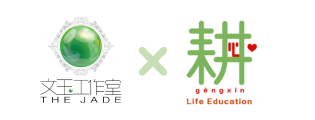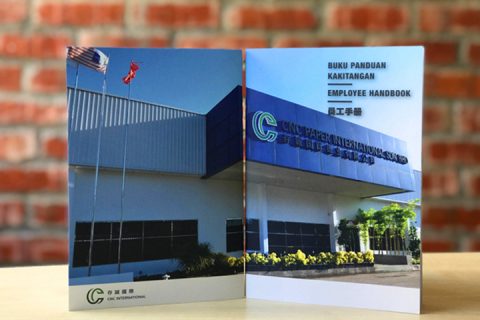by The Jade
Bookbinding is the process of folding a large sheet of paper with printed pages into a stack, and several stacks are then assembled and processed into a book. There are different types of binding in the printing industry. Let’s take a look at some common types of binding!
1. Saddle stitch
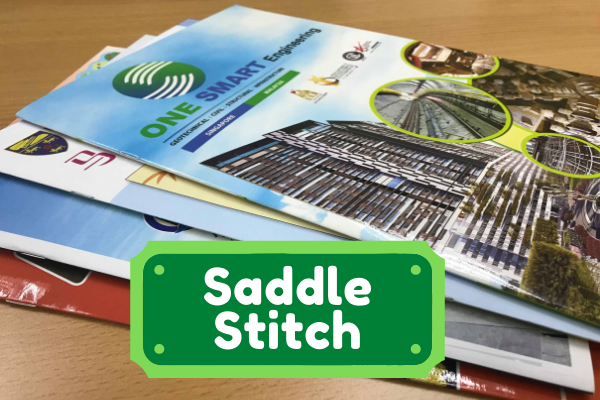
Saddle stitch is suitable for journals, brochures, and other publications with less than 32 pages.
This bookbinding method is done by putting the booklet over a metal frame and straddling it in order to staple the wires. This action is similar to straddling a horse (with a saddle); thus, it is known as saddle stitch.
2. Side stitch
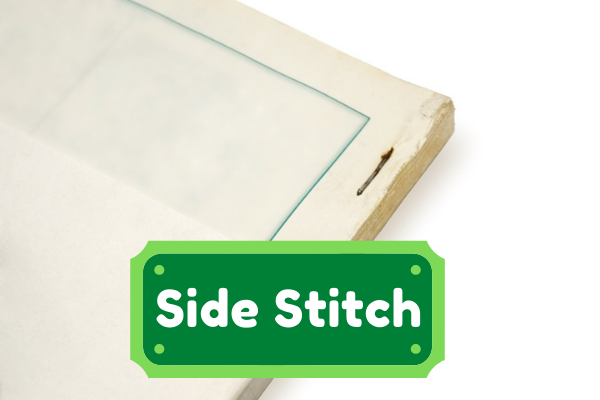
Side stitch is a method of binding magazines and booklets by forcing a wire through the front cover instead of along the spine.
It is not suitable for thick books as it will be difficult to flip through the pages.
3. Perfect binding

Perfect binding is a widely used bookbinding method. The pages and cover are glued together at the spine before the cover is wrapped. It is suitable for thick books.
4. Section sewn
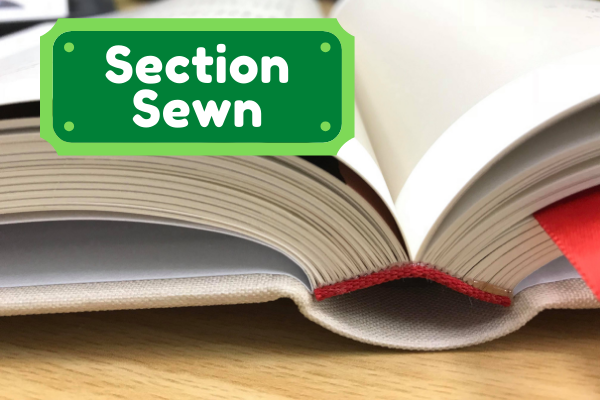
With the section sewn method, pages are folded together into sections and sewn along the spine. The spine is then glued together, which has one more step compared to the perfect binding method.
The advantage of this method is that the pages will not detach easily, it is easy to create a double-page spread, and the binding is more secure. Yet, the cost is higher. It is mainly used for hardcover books.
5. Loose-leaf binding
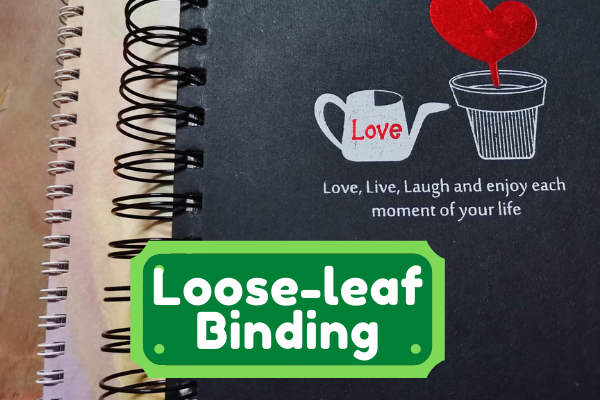
Loose-leaf binding is a binding method in which the pages are not glued together. Generally, this binding method is used for calendars, albums, and notebooks.
Which type of binding is most suitable for your work depends on the purpose and the type of your work. For example, side stitch binding is not suitable for books that are thick. If you are looking for printing and publishing services, feel free to contact us !

